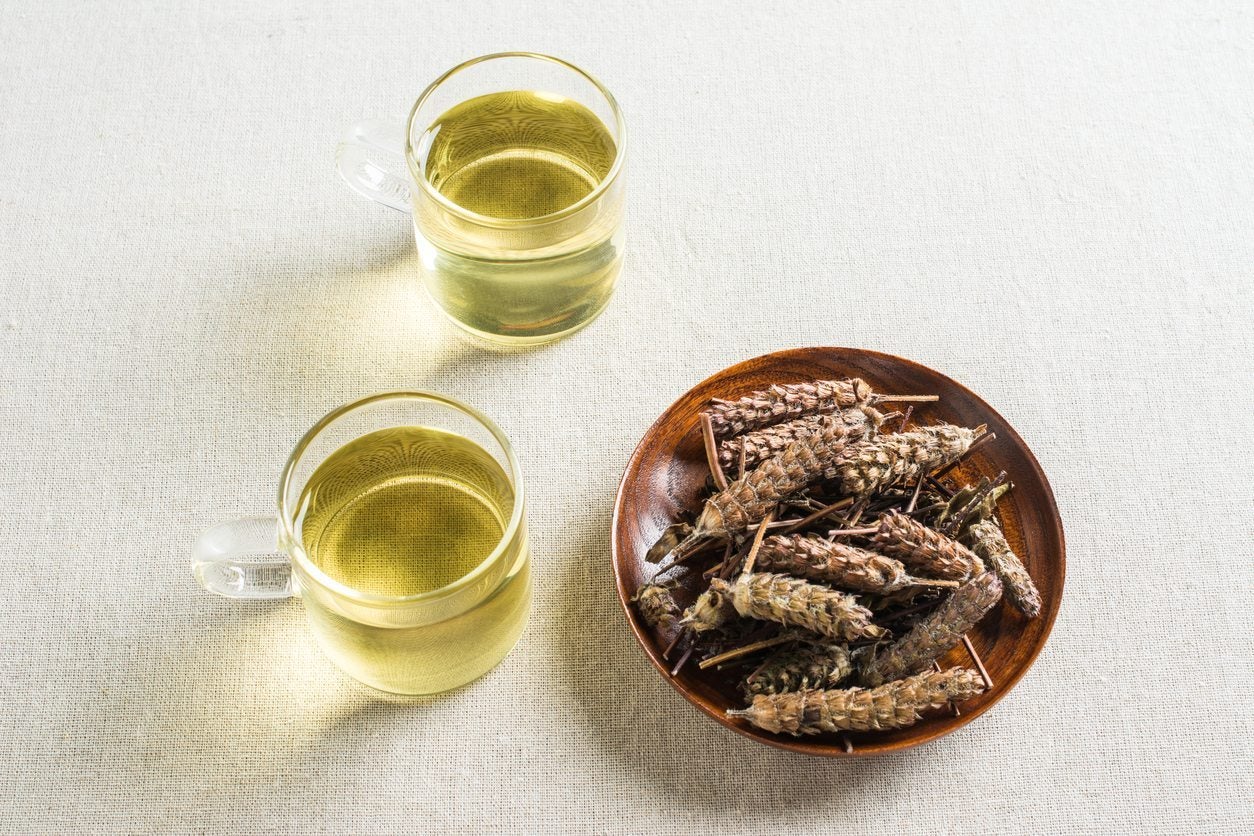Self-Heal Tea Info: How To Make Self-Heal Tea


Self-heal (Prunella vulgaris) is commonly known by a variety of descriptive names, including wound root, woundwort, blue curls, hook-heal, dragonhead, Hercules, and several others. The dried leaves of self-heal plants are often used to make herbal tea. Read on to learn more about the possible health benefits of tea made from self-heal plants.
Self-Heal Tea Info
Is self-heal tea good for you? Self-heal tea is relatively unfamiliar to most modern North American herbalists, but scientists are studying the plant’s antibiotic and antioxidant properties, as well as its potential to lower high blood pressure and treat tumors. Tonics and teas made from self-heal plants have been a staple of traditional Chinese medicine for hundreds of years, used primarily to treat minor ailments, disorders of the kidneys and liver, and as an anti-cancer drug. Indians of the Pacific Northwest used self-heal plants to treat boils, inflammation and cuts. European herbalists used tea from self-heal plants to heal wounds and stop bleeding. Self-heal teas have also been used to treat sore throats, fevers, minor injuries, bruises, insect bites, allergies, viral and respiratory infections, flatulence, diarrhea, headaches, inflammations, diabetes and heart ailments.
How to Make Self-Heal Tea
For those growing self-heal plants in the garden that wish to make their own tea, here is the basic recipe:
- Place 1 to 2 teaspoons of dried self-heal leaves into a cup of hot water.
- Steep the tea for an hour.
- Drink two or three cups of self-heal tea per day.
Note: Although tea from self-heal plants is thought to be relatively safe, it may cause weakness, dizziness and constipation, and in some cases, may result in various allergic reactions, including itching, skin rash, nausea and vomiting. It’s a good idea to consult a health care practitioner before drinking self-heal tea, especially if you are pregnant, nursing, or taking any medications. Disclaimer: The contents of this article is for educational and gardening purposes only. Before using or ingesting ANY herb or plant for medicinal purposes or otherwise, please consult a physician or a medical herbalist for advice.
Sign up for the Gardening Know How newsletter today and receive a free copy of our e-book "How to Grow Delicious Tomatoes".

A Credentialed Garden Writer, Mary H. Dyer was with Gardening Know How in the very beginning, publishing articles as early as 2007.